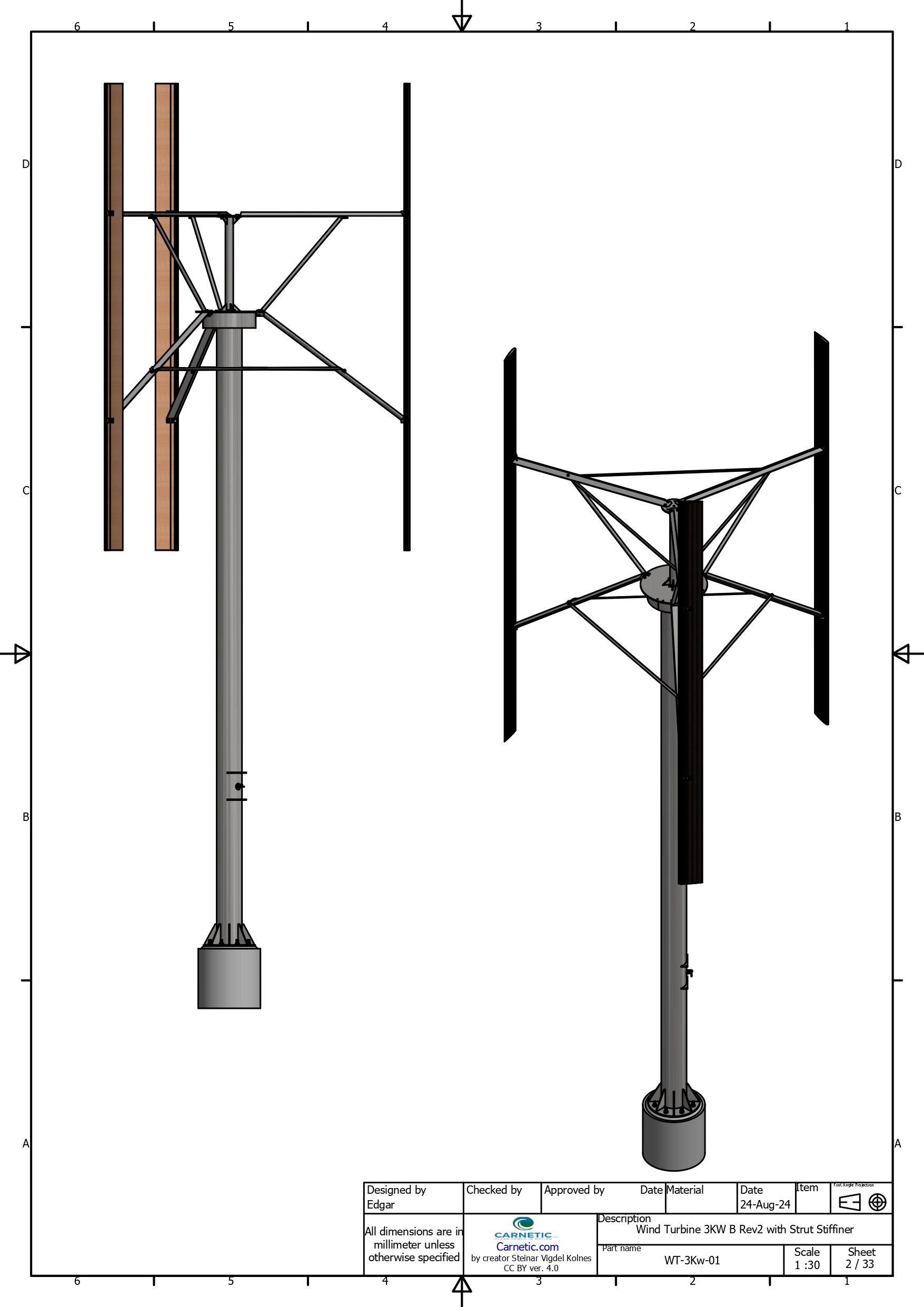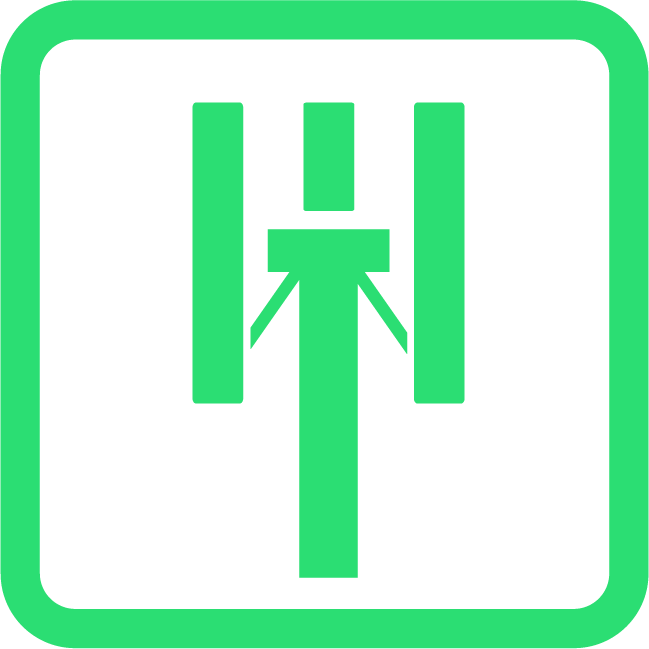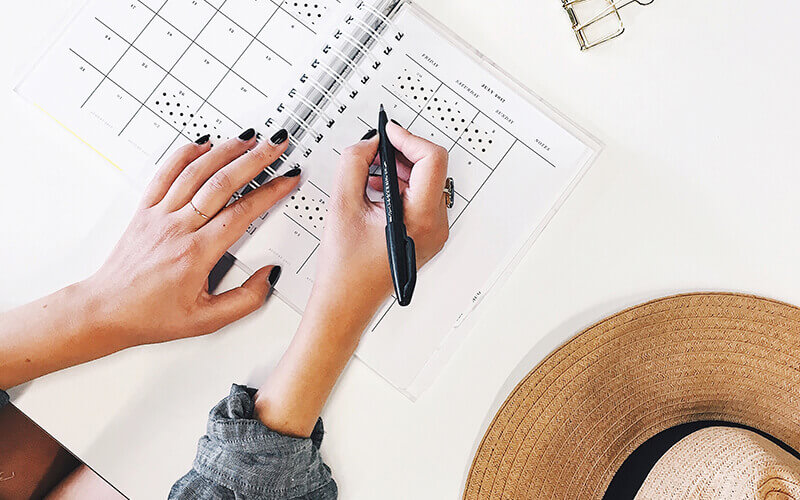We Believe in Action Over Activism
Join Us in Building a Brighter Future
Free Wind Turbine Design Drawings !
Building a brighter future
Carnetic, an early-stage startup financed through its founders, friends and family contributions, has effectively developed and rigorously tested a Vertical Axis Wind Turbine (VAWT). We are now making this design available to the public under the Creative Commons (CC) license, version 4.0 CC-BY. You are welcome to utilize it as desired, provided you give credit to Carnetic and this website.
Our motto, ``Action Over Activism,`` aims to inspire young individuals and startups to educate themselves and begin building. While we may not be wealthy, we believe in the spirit of sharing what we have. A donation, whether small or large, will help us extend our reach to more people.
A smart choice for sustainable energy
Invest in Your Own Wind Turbine: A Smart Move for Renewable Energy
Are you considering investing in renewable energy? Look no further than your own electricity-producing wind turbine. Here are some compelling reasons why wind turbines make sense:
- Sustainable Energy Source: Harness the power of the wind to generate clean, renewable energy.
- Cost Savings: Reduce your electricity bills and protect yourself from rising energy costs.
- Environmental Impact: Lower your carbon footprint and contribute to a greener planet.
- Energy Independence: Achieve energy independence and reduce your reliance on traditional power grids and fluctuating energy costs. This is especially crucial for those in developing countries and warzones, where power outages or a complete lack of electrical power are common challenges.
- Cost-Effective Energy: Wind turbines offer a lower price per produced kilowatt-hour (kWh) compared to alternatives like solar panels.
- 24/7 Energy Production: Unlike solar panels, wind turbines generate energy both day and night. In cold climates, they perform exceptionally well precisely when you need it most.
- Financial Goals: Our goal is to produce electricity for less than $0.06 per kWh (Levelized Cost of Energy), which is less than a third of the cost compared to some floating offshore solutions. Even better, by making our design drawings open and free for everyone, you can potentially reduce the price even further.
- Impact on Transportation: As electric vehicles (EVs), scooters/motorbikes and electric tractors become more common, wind turbines play a crucial role in reducing fossil fuel reliance, for transportation and even food production.
- Innovative Design: We’ve refined the Vertical Axle Wind Turbine (VAWT) type, specifically the Darrieus H-design. With only one rotating part and wood (alternatively bamboo and hemp) wing profiles, these turbines are efficient and eco-friendly.
- Size Considerations: VAWT H-designs offer an efficient solution for limited spaces. These turbines are suitable for areas with an intercepted/swept area of up to 16m², 4.5 meters in height, and 3.5 meters in diameter. Remarkably, they can produce over 10,000 kilowatt-hours of energy annually.
- Wood’s Environmental Impact: Wood, bamboo and hemp stores significant amounts of CO2 from the atmosphere. Combined with modern technology, its longevity outperforms other construction materials.
- Historical Proof for Wood: In Norway, ancient wooden churches called “Stav kirke” still stand, with some timber dating back to the 11th century.
Design drawings


Investing in a wind turbine isn’t just about energy—it’s about sustainability, cost savings, and a greener future. 🌬️🌍💡
- Tax Benefits for Home Energy Production In many countries and states, there are tax advantages for producing energy at home for personal use. When you generate your own electricity through renewable sources like solar panels or wind turbines, you may be exempt from certain taxes. These incentives encourage sustainable energy practices and reduce your overall energy costs. Consider exploring these tax benefits as you embrace clean energy solutions for your home! 🌿💡
- Benefits of Using Your Own Produced Power When you generate electricity for personal use, you avoid the “transport fee” associated with the electric grid. Since there’s no energy loss during transportation, you save on costs. Additionally, you’re not burdened by the substantial investment and grid upgrades. This alone can result in savings of up to $0.05 per kilowatt-hour consumed. Consider the advantages of self-produced power as you make energy choices for your home! 💡🔌
- Maximizing Excess Electricity: Grid-Connected Options When your home is connected to the electric grid, surplus electricity production offers several opportunities:
1) Grid Sales:
Sell excess energy back to the grid, benefiting both you and the community
2) Local Storage:
Store surplus electricity in batteries for peak hours or emergencies.
3) EV Charging:
Power your electric vehicle (EV) or tractor directly from home-generated energy.
4) Cryptocurrency Mining:
Use excess power for mining cryptocurrencies like Bitcoin.
5) Green Hydrogen or Ammonia Production:
Explore eco-friendly options by converting excess electricity. - Local energy storage becomes essential when you’re “off-grid” and the utility grid isn’t available. To ensure continuous power, consider combining solar panels with hybrid solutions. These systems seamlessly overlap between solar power, battery storage, and grid power as needed, even during cloudy conditions or grid outages. By doing so, you’ll have reliable electricity 24/7. 🌞🔋🔌
Why Choose Us
We are revolutionizing the wind turbine industry just like Linux and Android did for computers and mobile devices. We offer free, complete design drawings for environmentally friendly wind turbines.
Register and download for free, now!
Popular Questions
No two projects are remotely the same. We tailor our services and teams to meet your project goals and budget, providing the highest level of service in the most efficient manner.
1. How do I get started?
Discover you question from underneath or present your inquiry from the submit box. Growing businesses need strong tax management to meet current and future tax liabilities and we can help you achieve this, whatever challenges you face.
2. What fees do you charge?
Discover you question from underneath or present your inquiry fromt the submit box. Growing businesses need strong tax management to meet current and future tax liabilities and we can help you achieve this, whatever challenges you face.
3. How can I start accepting business?
Discover you question from underneath or present your inquiry fromt the submit box. Growing businesses need strong tax management to meet current and future tax liabilities and we can help you achieve this, whatever challenges you face.
4. Which products are excluded from the returns policy?
Discover you question from underneath or present your inquiry fromt the submit box. Growing businesses need strong tax management to meet current and future tax liabilities and we can help you achieve this, whatever challenges you face.
5. Holisticly predominate extensible testing reliable?
Our Team
Our Specialists Meet
Leadership Team

Elisabeth H. Kolnes
(Acting CFO, Marketing)

Steinar Vigdel Kolnes
(Founder, CEO, CTO)

Einar Lerbrekk
(COO, Sales)
Don't miss out on our monthly newsletter
Project timeline
The following process levels will help you learn about and navigate the campaign.
-
1
Design Excellence
We blend innovative design with sustainable architecture. Our wind turbines feature a sleek, efficient Vertical Axle design and eco-friendly materials, seamlessly integrating into diverse environments while maximizing performance and aesthetics.
-
2
Quality control
We uphold the highest standards of quality control. Our wind turbines undergo rigorous testing and inspection to ensure exceptional performance, durability, and reliability, providing you with the best in renewable energy technology.
-
3
Production starts
At Carnetic, we are excited to announce the beginning of production for our innovative wind turbines. Our state-of-the-art facilities are now operational, turning cutting-edge designs into high-quality, sustainable energy solutions.
-
4
Timely Delivery
We ensure timely completion and seamless delivery of your wind turbines. From final assembly to installation, our team guarantees that every project meets our high standards and is delivered promptly for optimal performance.

